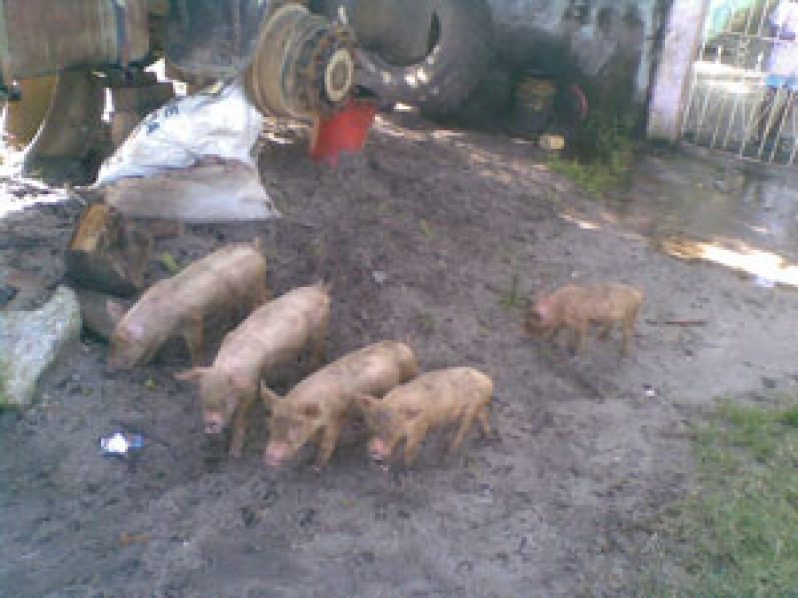IN this week’s article, we will take a look at how to best manage carcasses (dead animals) and waste water from animal rearing facilities. Dead animals pose a potential risk to human health and must be disposed of in a manner that protects public health and safety, and does not create a nuisance. Sound disposal prevents the spread of diseases, and prevents adverse effects on water quality. As such, animal carcasses should be disposed of promptly to avoid any spread of disease, odours and attraction of vectors such as flies. Importantly, animal carcasses should not be recycled in any way, or used as food for other animals, as this can cause the spread of disease.Good Carcass Management Practices
Proper animal care and disease prevention will reduce mortality of reared animals resulting in higher profits. However, any mortality can be best managed as follows:
Bury Carcasses: Dispose of carcasses by burial, either on land owned or controlled by the farmer or at a site approved by relevant authorities, such as the area NDC.
Choose Suitable Burial Area: The burial area for carcasses should be accessible to machinery that can remove earth (soil) and have stable, clay soils. It should also be away from houses and water resources to avoid contamination by vapours or filtrate from buried, decaying materials.
Wear Protective Gear: Persons handling condemned carcasses should be properly equipped with the necessary protective clothing such as gloves, long boots, apron, respirator and other safety gear.
Disinfect Pens: Disinfect pens where carcasses are found. Also, disinfect clothing and other gear worn by person(s) doing the disposal.
Use Quicklime: Use of lime or quicklime when burying carcasses is also advised.
Do not Burn: Do not burn carcasses. Incineration of carcasses should only be conducted in permitted facilities operating under national and/or international recognised standards for pollution prevention and control.
Water Management Techniques
Because water is important to the farming process it is also very important that we practice safe water management techniques in order to prevent contamination.
Reduce water use and spills from animal watering by preventing overflow of watering devices.
Reduce the amount of solids getting into the water.
Use vegetative filters e.g. plant Vetiver grass around a pond or perimeter to absorb and prevent the movement of contaminants to trap sediment.
Install surface water diversions to direct clean runoff around areas containing waste.
Implement buffer zones to surface water bodies, avoiding spreading of manure within these areas.
Share your ideas and questions by sending letters to: “Our Earth, Our Environment”, C/O EIT Division, Environmental Protection Agency, Ganges Street, Sophia, GEORGETOWN, or email us at: eit.epaguyana@gmail.com




.jpg)









